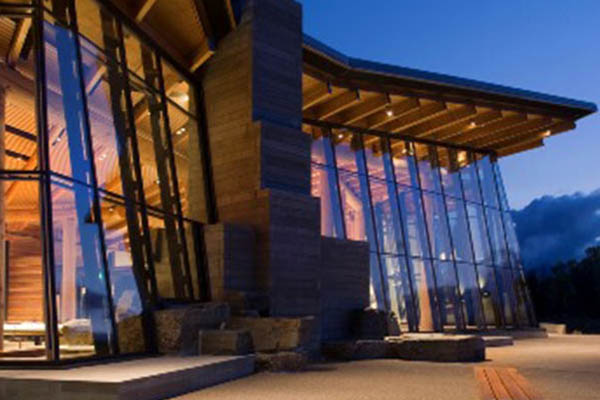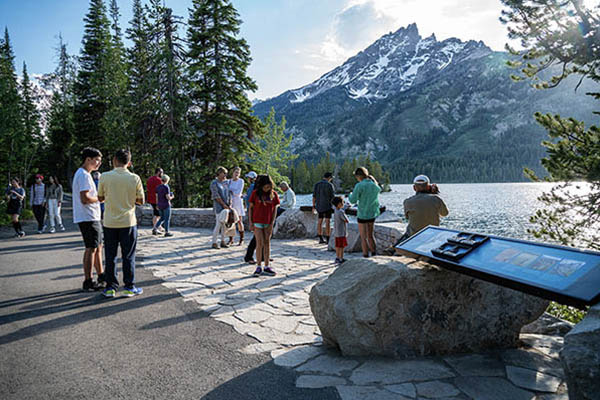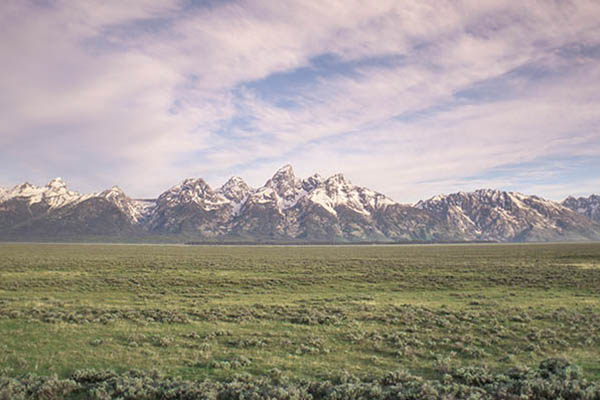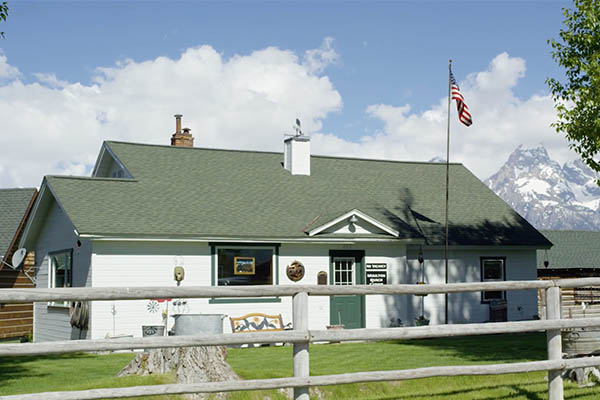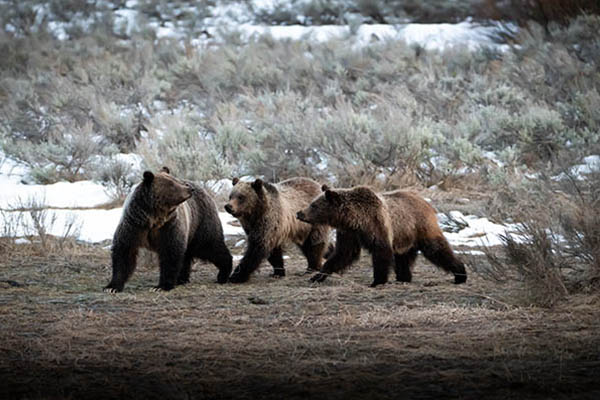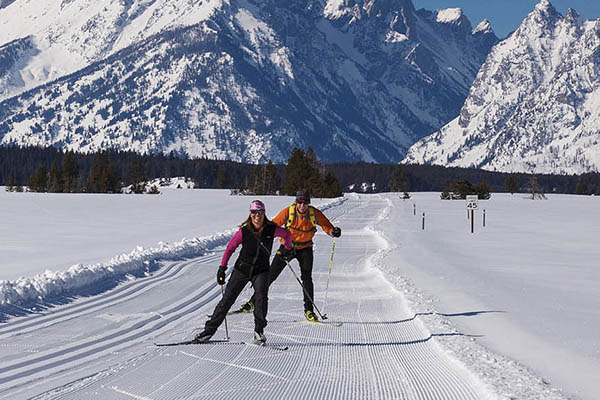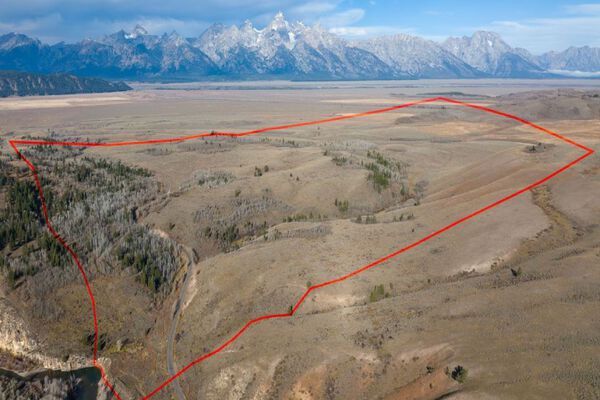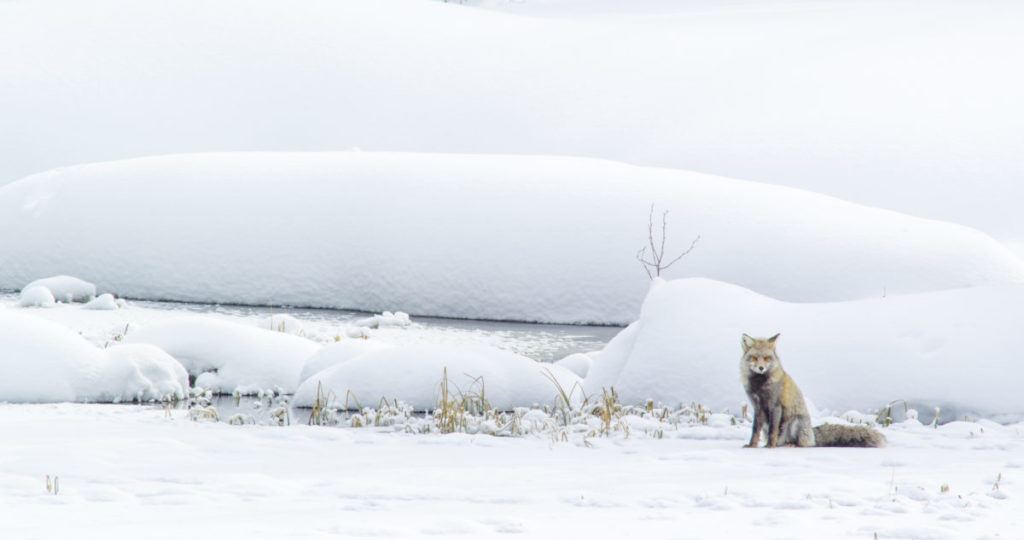This is a challenging time of year for wildlife as winter fat reserves have been depleted and new season plant growth is in its earliest stages and limited in distribution. Energy conservation is still a high priority. Please remember to give all wildlife plenty of room and don’t cause them to move or alter their activities while you are observing.
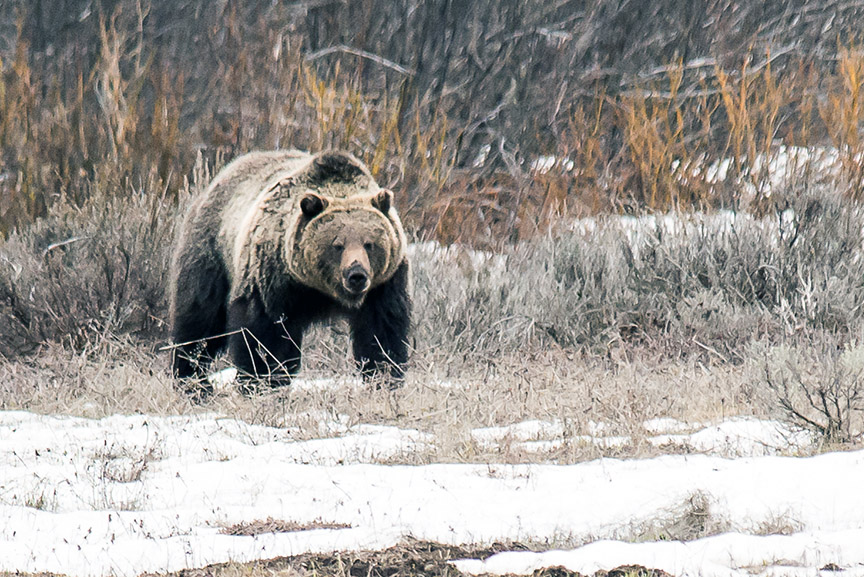
Bears have been emerging from their dens during March.
• The park’s well known grizzly bear 399 is now 21 years old. Tragically, she lost her cub last summer after he was hit and killed by a motorist on June 21. Bear 399 could emerge with new cubs this spring since she had enough time to breed after the loss of her cub last year. Female grizzly bears can have cubs well into their 20s.
• Grizzly bear 610, who is 399’s daughter, is now 11 years old and should emerge with her 2, two-year old cubs, assuming they both survived the winter. The two-year olds won’t spend much more time with their mother once they leave their den. 610 and her offspring will likely go their separate ways sometime in May or June, at which point 610 will become receptive to breeding males and her reproductive cycle will start again.
• Adult male bears are the first out of their dens, with more than half out and about by the end of March (tracks have been observed in some parts of the park already). Bears with new cubs are usually the last ones to emerge from their dens.
• With the snow pack receding quickly on the valley floor and rivers opening up, some bald eagles are already sitting on their nests. Many other wildlife species including ravens, river otters, golden eagles, great-horned owls, and Canada geese will begin courtship and breeding activities soon.
• The first migrating birds of the season are beginning to arrive including western bluebirds, red wing blackbirds, red-tailed hawks, northern flickers, and robins. The first sandhill cranes, osprey, and others are not far behind.
• In the coming weeks, snowshoe hares and long-tailed weasels will begin to shed their white winter fur.
• Elk will start to drift north from the refuge, their progress following the receding snowline and grass green-up.
• Bull (male) elk grow a new set of antlers every year. They generally shed their antlers from March through April and begin growing a new set shortly thereafter. Larger bulls drop their antlers earlier than smaller bulls, especially spikes (yearling bulls) who may hang on to their antlers into May.
• Wolverines usually produce 1-2 kits, as their young are called, that are born from mid-February through March. Females dig dens in high, remote alpine basins where the snow pack persists late into the spring. There she raises the kits alone and stashes them when she goes out on forays for food. If undisturbed, the female and kits may use the natal den until May.
• Male sage grouse will begin strutting on their mating grounds called leks in late March or early April.
• Wolves will begin localizing around den sites in anticipation of new litters, though they will still range widely in search of elk whose distribution remains limited by snow depth.

